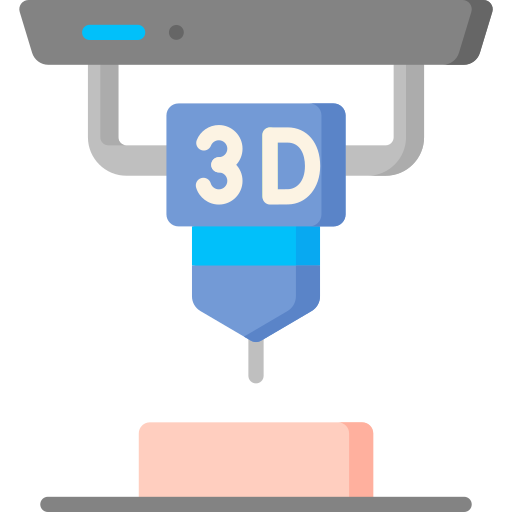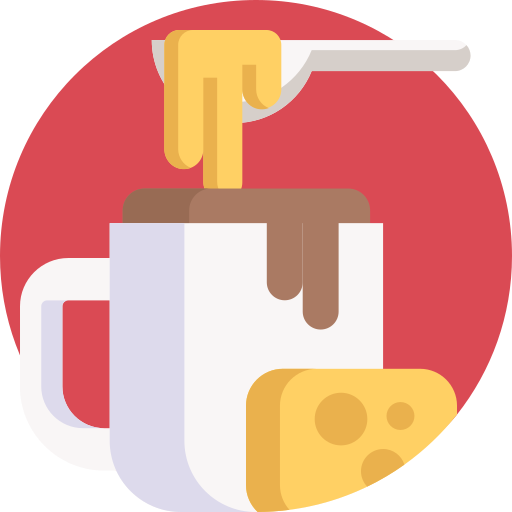
This logo isn't an ad or affiliate link. It's an organization that shares in our mission, and empowered the authors to share their insights in Byte form.
Rumie vets Bytes for compliance with our
Standards.
The organization is responsible for the completeness and reliability of the content.
Learn more
about how Rumie works with partners.
Have you ever tried printing in 3D?
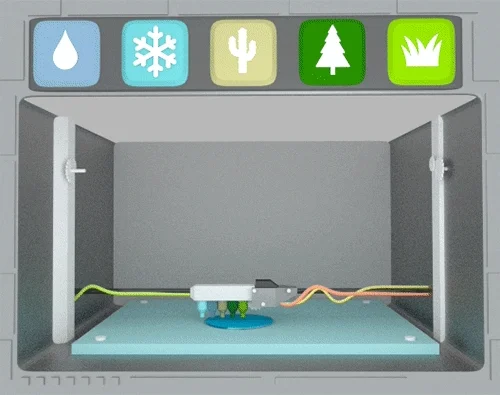
If you have access to a 3D printer, you can create different models by using your creativity and critical thinking.
Did you know?
Why should you try 3D printing?
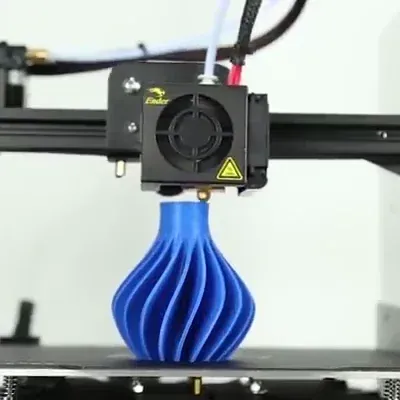
3D printing can offer you many benefits:
It gives you a hands-on way to express your interest in art.
It has the potential to solve real-world problems in your physical environment while saving money and materials.
If you're a designer, you can go rapidly from concept ideas and designs to physical models and prototypes.
If you're a teacher, it can help your learners gain a deeper interest in art .
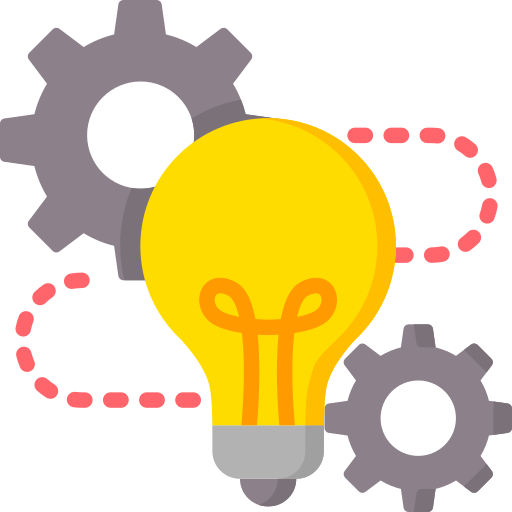
Did you know?
What can you 3D print?
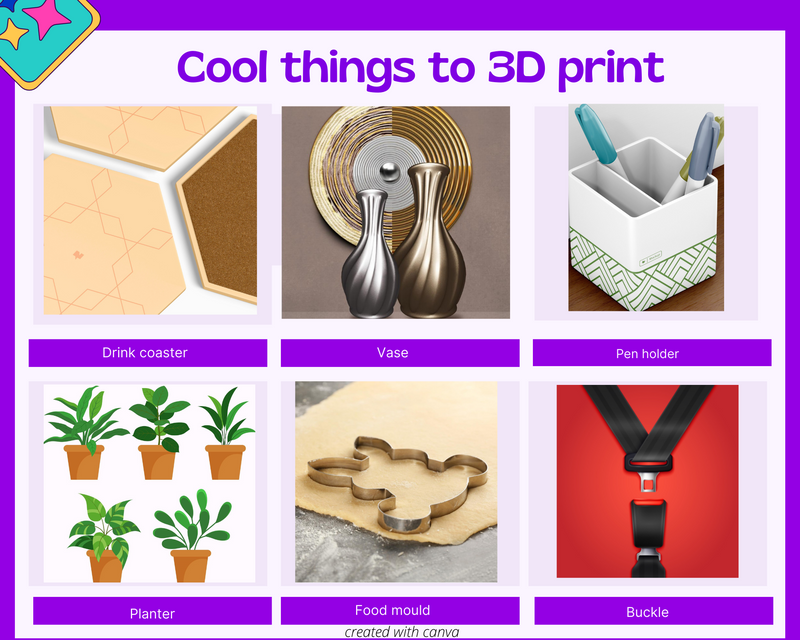
Pencil holders
Design 3D pen/pen holders for a desk.
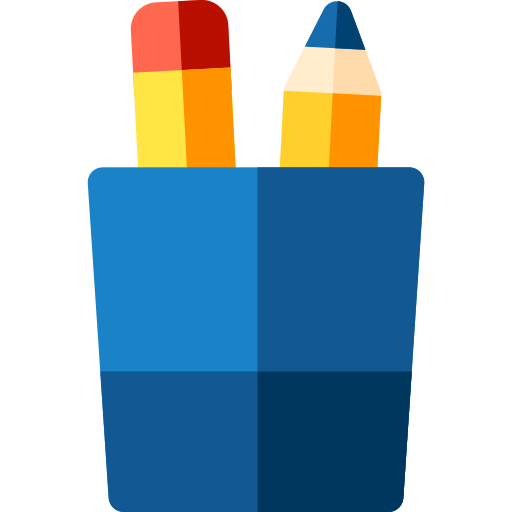
Food moulds
Give a new twist to your chocolates and baked confections with 3D-printed moulds.
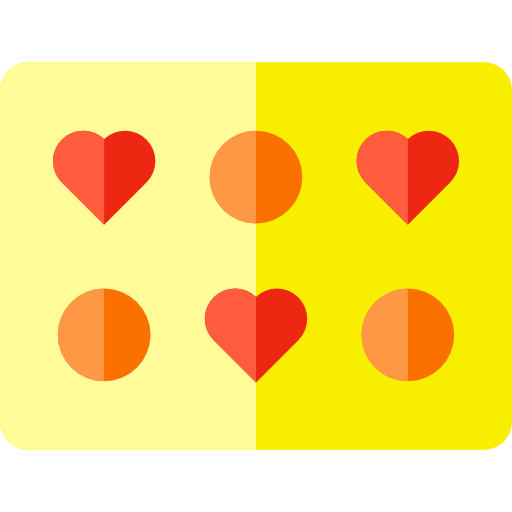
3D prints of the edible variety
Paste or purées are used to make edible 3D food such as pizza, plant-based meat, spaghetti, chocolates, cakes, candies and other baked confections.
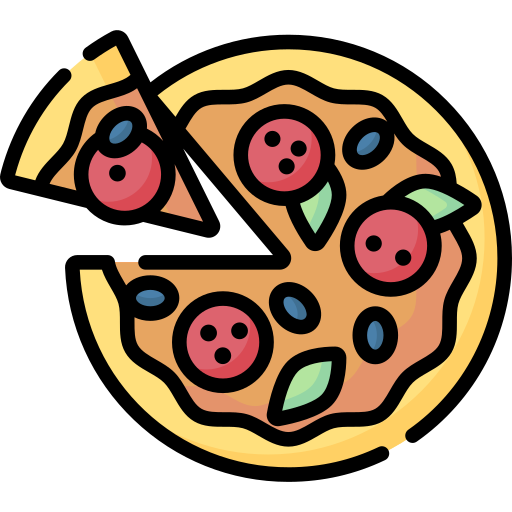
Did you know?
How to print 3D?
As a beginner, you need to first learn to use the software used in 3D printing.
The basic steps involved in 3D printing are as follows:
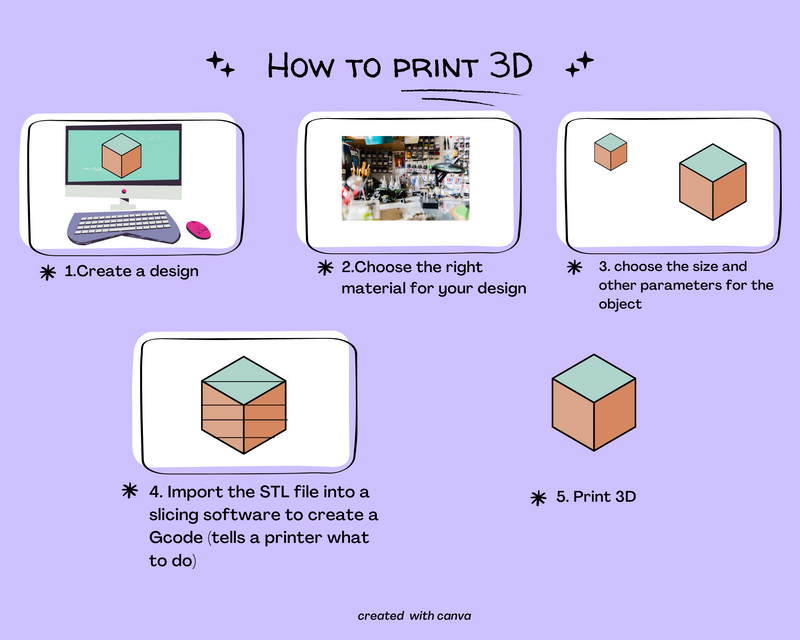
To hear the information in the above image, click the play button in the audio file below:
Different types of 3D printing technologies
Did you know?
Knowledge check!

Kyle just bought a brand new desktop 3D printer. They're organizing their birthday party soon and inviting their family and friends to the celebration. They plan to get real flowers, decorations, food, invitations, and return gifts.
Quiz
Which things can Kyle 3D print for the party? Choose all that apply.
Materials like paper and wood can't be used for 3D printing because they'll burn and won't be able to withstand the high temperatures used in this technology.
Take Action

To get started with 3D printing, you can:
This Byte has been authored by
Chirasree Sen-Varma
Educator and Administrator
PhD
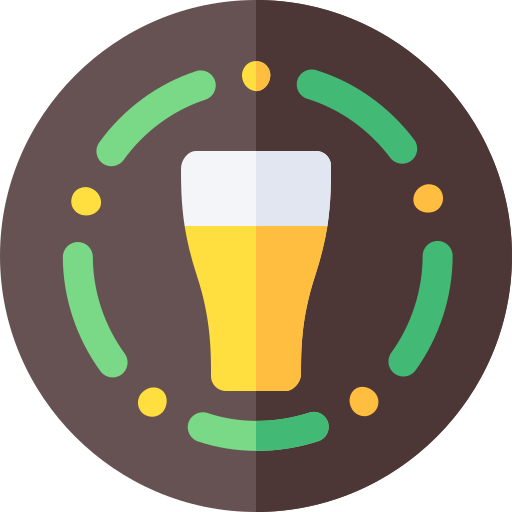
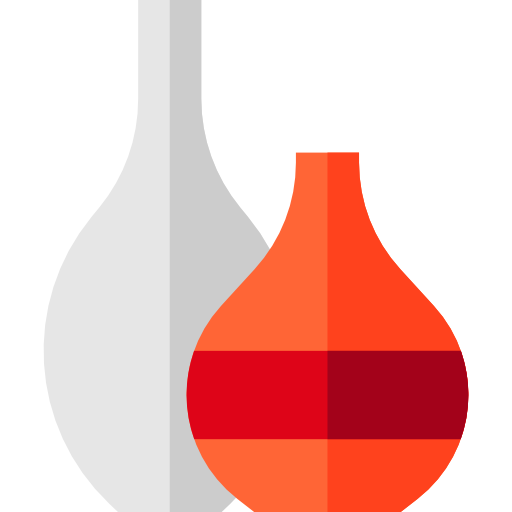
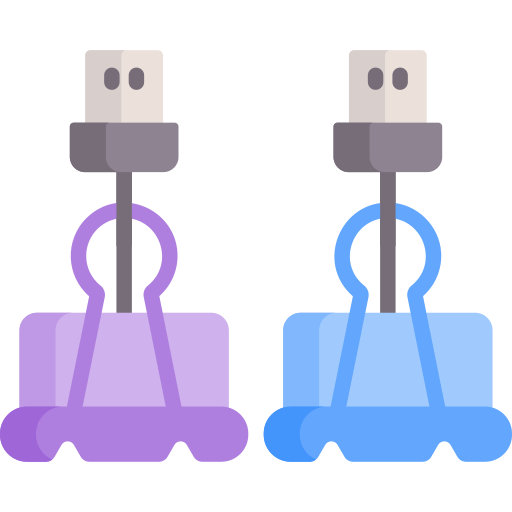
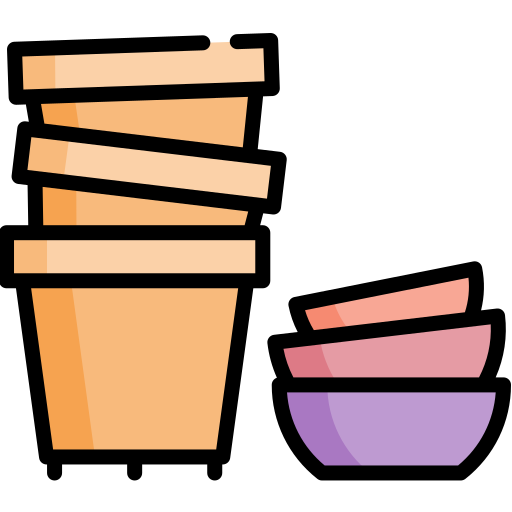
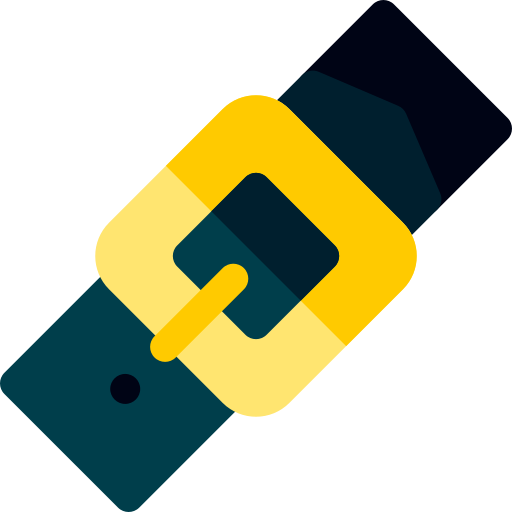
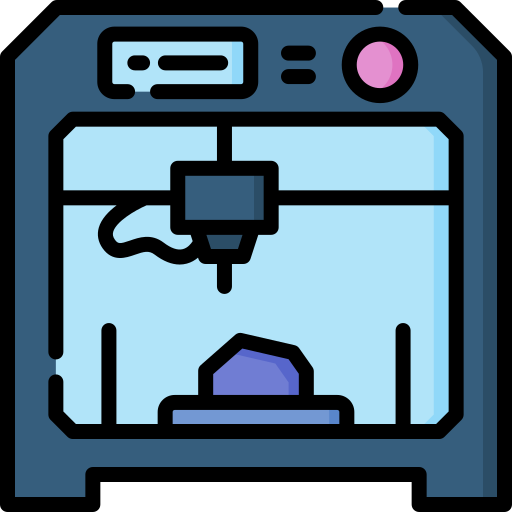
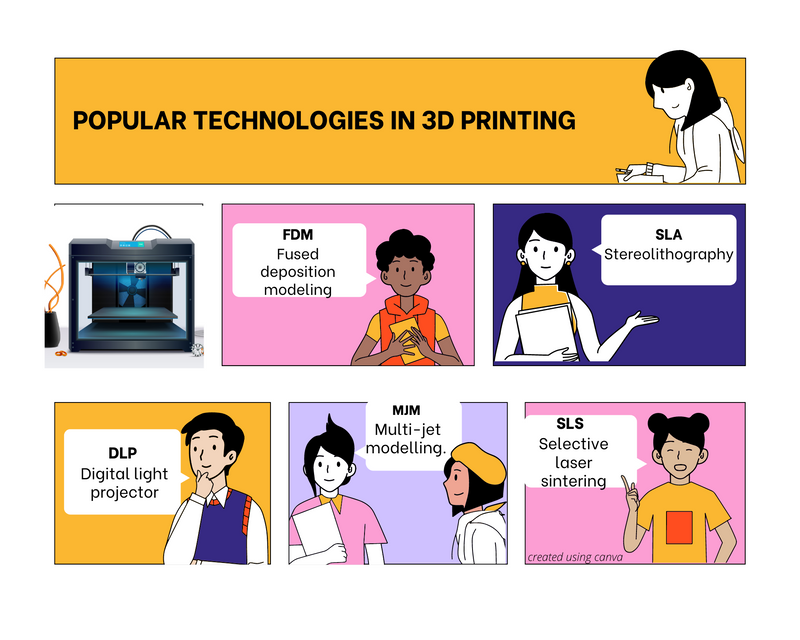 Learn more about
Learn more about 